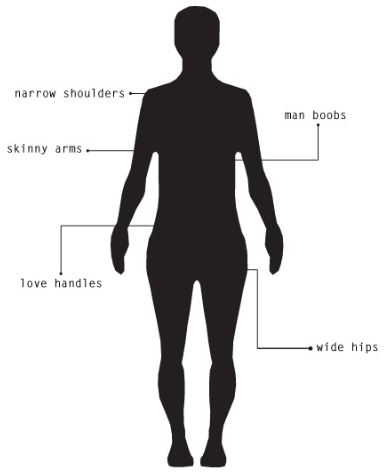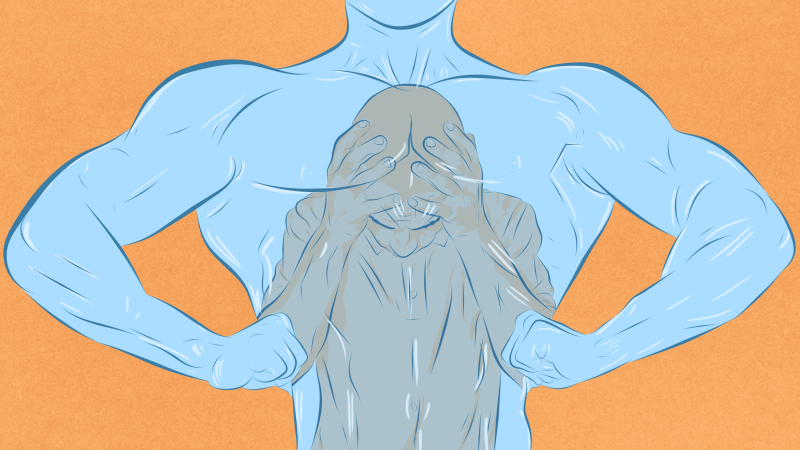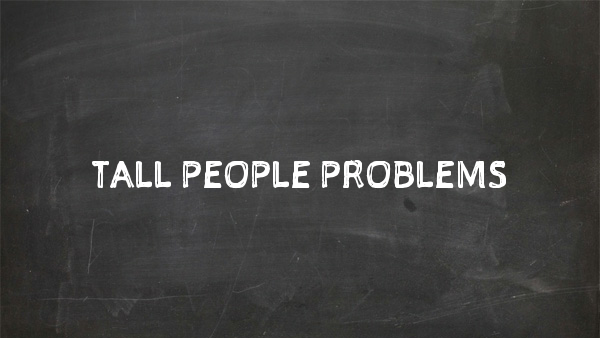The word ‘diet’ gets a bad rap and it’s easy to see why – a quick Google search for the word generates 483 million results! There is a lot of money to be made from “special” diet plans, with seemingly new ones being devised almost every day. Consequently, the vast majority of diet plans out there are garbage and because so many different diets exist people are inundated with too much information to make informed (and correct) decisions.
This article is not going to reveal some “secret” diet plan, nor is it going to try and convince you to spend your hard earned money on junk supplements or offer you a magic quick fix to your health problems. What it will do is (hopefully) arm you with enough information so that you can go out there and make better decisions about the food you put into your bodies.
Let’s start with the basics.
First, a diet is simply your eating habits – it’s the food you put into your mouth daily; it’s not something you do for a few months (to achieve your body weight goals) only to revert back to your old eating habits afterwards.
Secondly, the purpose of food is to provide you with the building blocks of bodily tissue and the components for energy production. Think of food as a liaison between your body and the environment.
What is the relevance of this for tall people?
A big misconception about being tall is that:
you can eat whatever you want and never put on weight.
People have said to me, on many occasions, some variation of:
- “you’re so lucky to be tall; you can eat whatever you like and never have to worry about your weight”
- “you’re so skinny, I wish I could be as tall as you – I’d eat like a horse all the time”.
I can’t stress enough how much these impressions are incorrect and why tall people shouldn’t use them as an excuse to pig out on junk food guilt free.
It’s easy to see why people may think this way; when you are tall you generally do appear lean. Tall people have long arms, long legs, and a long torso which helps with the appearance of being lean. The assumption that a lot of people make is that fat is uniformly distributed throughout the body of a tall person (if only!). The harsh reality is that fat distribution for any body size is never uniform. For males it typically accumulates around the stomach and for women it’s usually around the thighs. If you’re interested you can read more about fat distribution here.
The danger with this, especially for a tall person, is that after a while of bad eating habits you will become:
Skinny-Fat
This is the type of physique that doesn’t look overweight per se but lacks muscle definition. It’s the type that, despite having relatively low levels of body fat, looks soft and shapeless.
If you want to learn more about skinny-fat then check out Oskar Faarkrog’s website, Skinny-Fat Transformation, here. His site contains a great wealth of knowledge on the subject.
The only diet advice tall people need to follow
From a diet perspective (there are other things you need to do too but they are beyond the scope of this article), the only piece of advice you need, to avoid a skinny-fat fate is:
EAT NATURAL FOODS AS MUCH AS POSSIBLE (i.e. “Eat-Clean”).
Natural food is that which has been minimally processed, and either walks, swims, flies, or grows. In other words: eat a varied combination of meat, fish, poultry, eggs, fruit, vegetables, nuts and seeds. Natural food not only contains more (and better quality) nutrients, it’s also better suited and processed easier by your digestive system.
In terms of what food to eat, a mix of nutrients is best:
- Protein = meat, fish and eggs.
- Carbohydrates = lots of fruit and vegetables.
- Fat = meat, oils and nuts.
This might seem really obvious and basic (it’s the simple things that usually work best) but take a hard and honest look around you and at what you consume every day and you’ll come to realise that a lot of people have no idea what they are doing when it comes to nutrition. A majority of food at the supermarket is processed and loaded with unnecessary sugars.
As a rule of thumb, when grocery shopping, try to stick to the outer edges of the store – that’s where you’ll find all the fruit, vegetables, meat and nuts. Everything in the middle aisles is loaded with sugar! Take a long hard look at the labels of some products you normally buy, you might be in for a surprise.
This is not something I suggest you do short term, if you want to be fit and eat well you need to adopt a lifestyle change.
Remember:
“You can’t expect to look like a million bucks if you eat from the dollar menu”.
This does not mean you can never eat processed food again – that’s unrealistic and not sustainable. I’m suggesting you follow the 80/20 rule – 80% of the time try to eat as much natural food for as many meals as you can and the other 20% is for the times when you go out with friends for dinner or indulge in that gelato ice cream (my weakness).
I promise you that after a while of eating like this:
- you will start to feel better
- you’ll have more energy
- your skin will look better
- you’ll start to lose that annoying belly fat
- you’ll learn about the many different ways in which you can prepare delicious and healthy meals!
This article is only the tip of the ‘nutrition and healthy living’ iceberg. I will be covering many more specific aspects of this article in greater detail in future posts. So stay tuned.
For now, let me know your thoughts about this information, i’d love to hear from you in the comments below.
Stand tall and be proud.




Would be good to note tall people are at increased risk of colon cancer and should be screened at latest by 40. Cheers